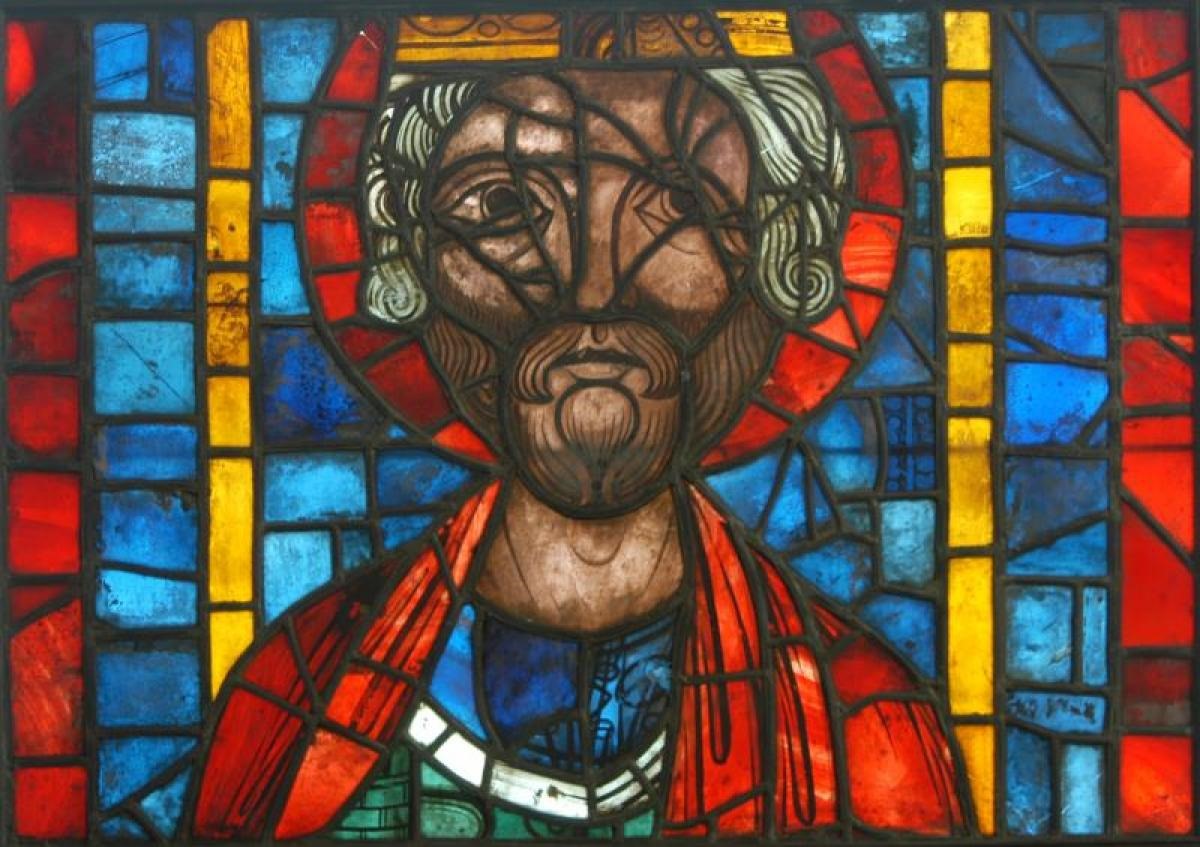Introduction
For collectors of fine art and historical artifacts, few treasures rival the charm and significance of Stained glass from the medieval period. These luminous panels, often hand-crafted between the 12th and 16th centuries, embody centuries of artistic mastery, religious symbolism, and cultural heritage. Genuine medieval stained glass is rare, making it highly sought after among museums, private collectors, and art dealers.
What Makes Medieval Stained Glass Rare
The rarity of medieval stained glass stems from both its age and the historical events it has survived. Wars, iconoclasm, natural disasters, and changing architectural styles led to the destruction of countless windows. Only a fraction of the original works remain intact today.
Limited Surviving Pieces
Most surviving stained glass panels are fragments from larger windows, carefully removed during restorations or saved from damaged buildings. Complete panels in their original condition are exceptionally rare.
Historical and Cultural Significance
Each medieval stained glass piece tells a story—depicting biblical scenes, saints, coats of arms, or symbolic imagery. These panels provide unique insight into the artistry and spiritual life of the Middle Ages.
Identifying Authentic Medieval Panels
For collectors, distinguishing genuine medieval stained glass from later reproductions is essential.
Glass Characteristics
Medieval glass often features slight surface irregularities, visible air bubbles, and variations in thickness from the hand-blown manufacturing process.
Color and Painting Techniques
The deep blues, rich reds, and warm ambers of medieval stained glass were created by adding metallic oxides to molten glass. Painted details were applied using vitreous paint and then fired to ensure permanence.
Lead Came and Patina
The lead strips joining the glass, known as cames, develop a dark patina over centuries. This natural aging helps authenticate the panel.
Collecting Medieval Stained Glass
Acquiring rare medieval stained glass requires both expertise and access to reputable sources.
Provenance and Documentation
Authenticity is supported by provenance—records that trace the panel’s history and ownership. Museum deaccessions, church archives, and estate sales can be legitimate sources.
Working with Specialists
Consulting stained glass experts or certified appraisers ensures that collectors make informed purchases and avoid costly mistakes.
Preservation for Collectors
Owning medieval stained glass comes with the responsibility of preservation. Improper storage or display can lead to irreversible damage.
Display Considerations
Panels should be mounted securely in protective frames, preferably with UV-filtering glass to shield them from harmful sunlight.
Climate Control
Stable temperature and humidity levels prevent stress fractures and corrosion in stained glass.
Professional Conservation
If a panel shows signs of deterioration, professional conservators can perform careful repairs while maintaining historical integrity.
The Market for Medieval Stained Glass
The market for medieval stained glass remains strong due to its scarcity and cultural appeal.
Price Influences
Factors such as age, size, condition, provenance, and subject matter influence value. Panels featuring notable saints, heraldry, or rare colors tend to command higher prices.
Current Trends
Interest in authentic medieval stained glass has grown among both seasoned collectors and new investors. Auction houses and specialized galleries report increasing demand for high-quality pieces.
Ethical Considerations in Collecting
Collectors should ensure that the stained glass they acquire has been obtained legally and ethically, with proper documentation verifying its origin. Avoiding illegally removed heritage pieces protects cultural history and maintains the integrity of the market.
Conclusion
Rare medieval stained glass panels are more than decorative art—they are fragments of history, light, and devotion that have endured for centuries. For collectors, acquiring such pieces is both a privilege and a responsibility. By valuing authenticity, ensuring proper preservation, and sourcing ethically, collectors help safeguard the legacy of medieval craftsmanship. In doing so, they keep the luminous beauty of stained glass alive for future generations to admire and cherish.
